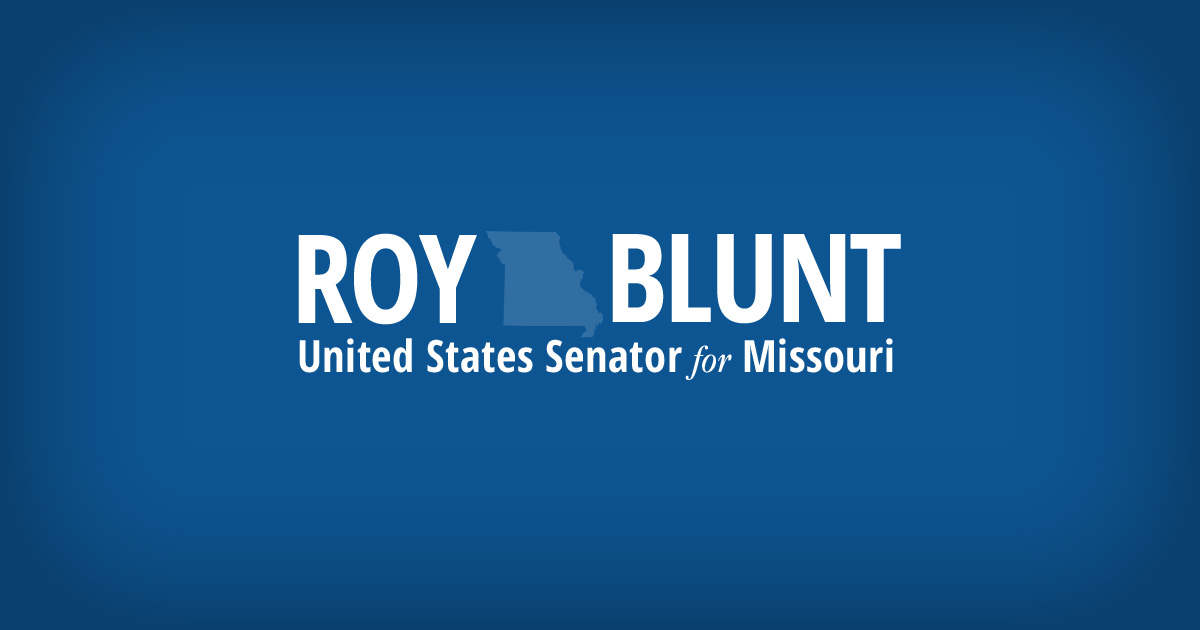Source: United States Senator for Missouri Roy Blunt
WASHINGTON – Today, U.S. Senators Roy Blunt (Mo.) and Jeff Merkley (Ore.) sent a letter requesting more information from U.S. Customs and Border Protection (CBP) on the use of facial recognition technology to collect biometric data from U.S. citizens for entry-exit programs at airports, seaports, and land borders.
In a letter sent to CBP Commissioner Chris Magnus, Blunt and Merkley urged the agency for more transparency surrounding this program to help ensure American travelers understand the process and their right to opt out of the use of biometric facial recognition technology during reentry to the country. CBP uses the technology to capture biometric data in all but 40 airports, impacting thousands of travelers a day. Blunt and Merkley are urging the CBP to be more transparent in the way it informs citizens about their right to opt out of the use of biometric facial recognition technology when collecting identification information at our borders to ensure a safe, equitable, and accurate process for Americans.
“While it is now common for American citizens to be told their photo will be taken in order to proceed through the customs process, countless Americans are not adequately informed about their ability to opt out of this step,” the senators wrote. “Every U.S. citizen should have the opportunity to make an informed decision whether to have their passport photo manually verified by a CBP officer instead of having their biometric data collected and stored in a manner with which they are not familiar.”
“Further, as you know, facial recognition technology is not perfect. There have been reports that people of color and women are more likely to be misidentified by this technology,” they continued. “While we understand that CBP uses a distinct methodology that only compares biometric data against manifest data, we would like more information about the process for individuals who are flagged by this system. Every American deserves the same right to privacy and should not undergo drastically different airport processing experiences. Any use of biometric facial recognition technology by CBP should come with policies to ensure that flagged individuals are treated in a safe, fair, and noninvasive manner given the imperfection of facial recognition software.”
Blunt and Merkley have asked the following questions for clarification, requesting answers by February 11, 2022:
- In addition to updating signage, how will CBP clearly inform every American citizen of their ability to opt out of using biometric facial recognition technology during the customs process?
- In addition, how will CBP ensure that these signs are visible before travelers reach the point at which the technology is used?
- Does CBP provide signage regarding its use of biometric facial recognition technology in languages other than English at all locations?
- How does CBP ensure travelers are able to opt out of the use of facial recognition technology without experiencing significant travel delays or public scrutiny?
- Is a CBP officer always available to process American citizens who elect not to use biometric facial recognition technology?
- What measures is CBP taking to protect this data from cyberattacks or any other form of unauthorized distribution or release?
Click here to read the letter.
